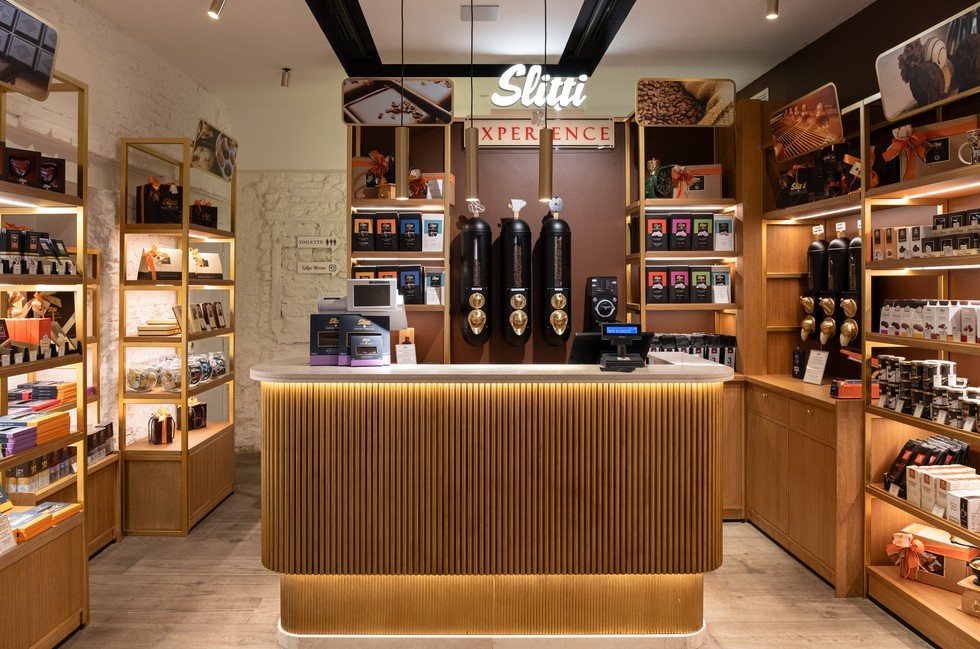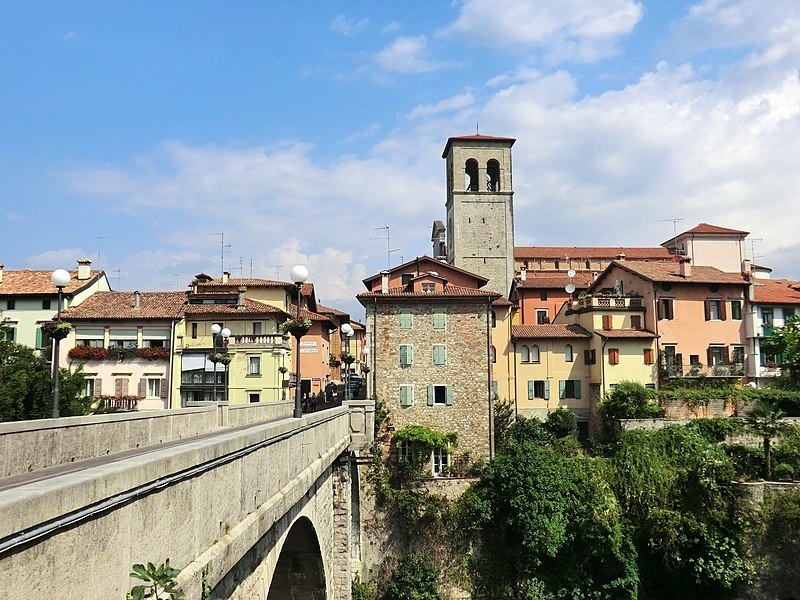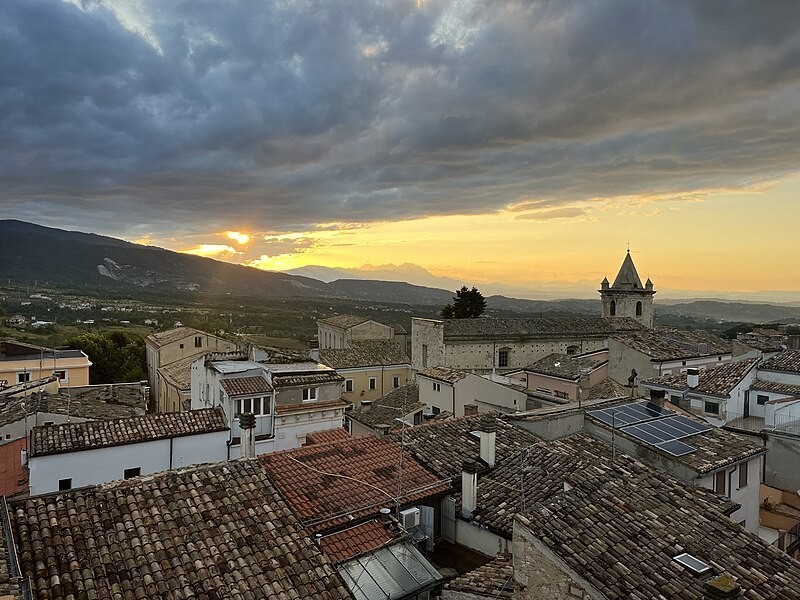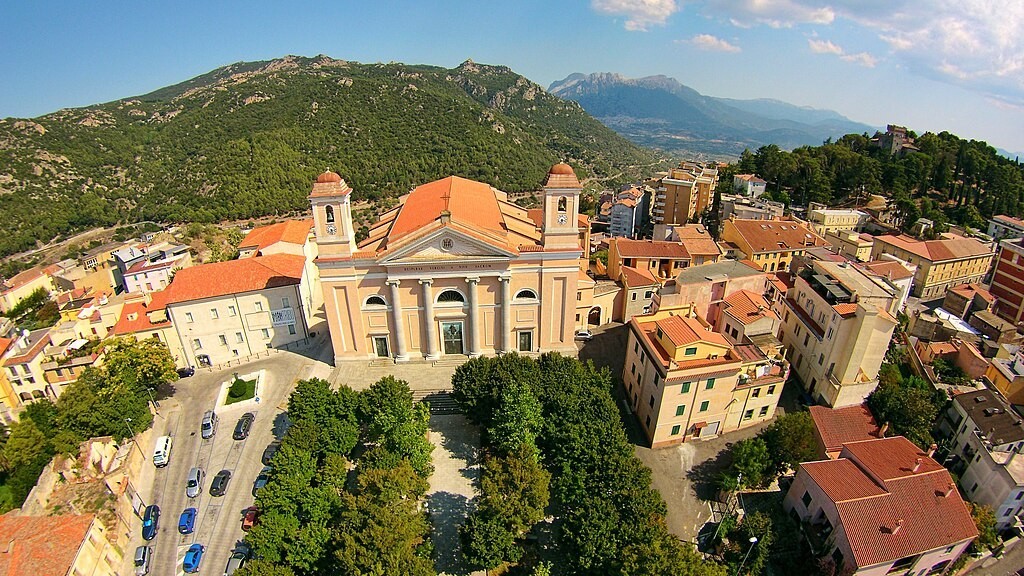
Take a little time to discover the Belpaese this autumn, from North to South, and to taste some of the typical sweet delicacies of the region. From the Ligurian amaretti biscuits of Sassello to the village of Monsummano Terme in Tuscany, to discovering the fine chocolate of Slitti, here are five ideas for spending a relaxing weekend in Italy, alternating sightseeing trips with some typical local tastings.
The proposals outlined touch on some characteristic villages along the Boot: Cividale del Friuli (Friuli-Venezia Giulia), Sassello (Liguria), Guardiagrele (Abruzzo), Nuoro (Sardinia) and Monsummano Terme (Tuscany), to discover the Slitti Chocolate Factory, one of the pearls of the Valley of Chocolate, just a few kilometres from the famous Montecatini.
Cividale del Friuli (Gubana)

We start in Friuli Venezia Giulia with gubana, a typical sweet from the Natisone valleys that is prepared on festive occasions or special celebrations. It is snail-shaped, made of sweet dough and enriched with walnuts, sultanas, pine nuts, sugar, grappa and lemon. The history of this cake dates back to the 1400s, when it was tasted by Pope Gregory XII in Cividale del Friuli, and according to some legends it corresponds to its sister putizza, one of the delicacies of the gastronomic heritage of neighbouring Slovenia.
Borgo di Sassello (Amaretti)

The second suggested stop is Liguria, the region that combines sea and mountains in a harmonious combination that, in summer and winter, attracts tourists from all over Italy and beyond. Here, in addition to the best known dishes, we find the Amaretti di Sassello, crunchy almond biscuits, perfect to accompany tea or coffee. These delicacies, which have made the fortune of the village in the province of Savona where they were invented more than 160 years ago, are small, cracked-looking semi-spheres that are soft on the inside and bear witness to a history that still intrigues gourmands every day of the year.
Monsummano Terme (Slitti Chocolate)
It's time for Tuscany, the kingdom of Slitti and its Maitre Chocolatier Andrea Slitti, who is now considered one of the most experienced chocolatiers in Italy with over 190 awards behind him and various successes accumulated over time, not least the internationalisation process undertaken by the company. And the chocolate, available in bars, dragées and spreadable cream, is the star. The unmistakable taste is due to the quality of the cocoa, from Ecuador, Peru, Venezuela, Jamaica, Santo Domingo and Madagascar, and the skilful hands of the craftsman. A pitstop at the Slitti Chocolate Factory in Monsummano Terme, a few kilometres from Montecatini, or at the recently opened flagship store in Florence, at Piazza dell'Olio, 6, is a must.
Guardiagrele (Sise delle monache)

We then move on to Abruzzo, to discover the Sise delle monache or Tre monti, a sweet from Abruzzo invented by the Poor Clare nuns for the feast of Saint Agatha before handing over the precious recipe to the Palmerio brothers who, in 1913, founded the first pastry shop in Guardiagrele (Chieti), a small village in the Maiella National Park. The very simple preparation involves two layers of sponge cake filled with custard, with three recognisable protuberances that, according to tradition, are reminiscent of the Gran Sasso, Maiella and Sirente-Velino trio.
Nuoro (Seadas)

Finally, the islands cannot be missing from this journey in stages that ends in Sardinia, where to conquer even the most demanding palate there are the seadas, whose name seems to derive from 'su seu', the lard, used in the preparation of the pasta. Daughters of the Sardinian pastoral tradition, which originated in the central-eastern part of the island, seadas are a very simple dish, prepared with what was left in the housewives' pantries: semolina dough, filled with fresh pecorino cheese and honey from the arbutus or strawberry tree, an evergreen typical of the region. The city of Nuoro, Barbagia's main town, and the Gennargentu massif, which includes the island's highest peaks, are worth a visit.